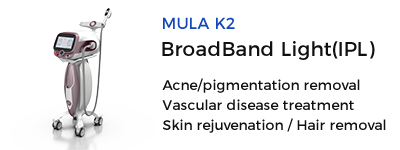Freckles
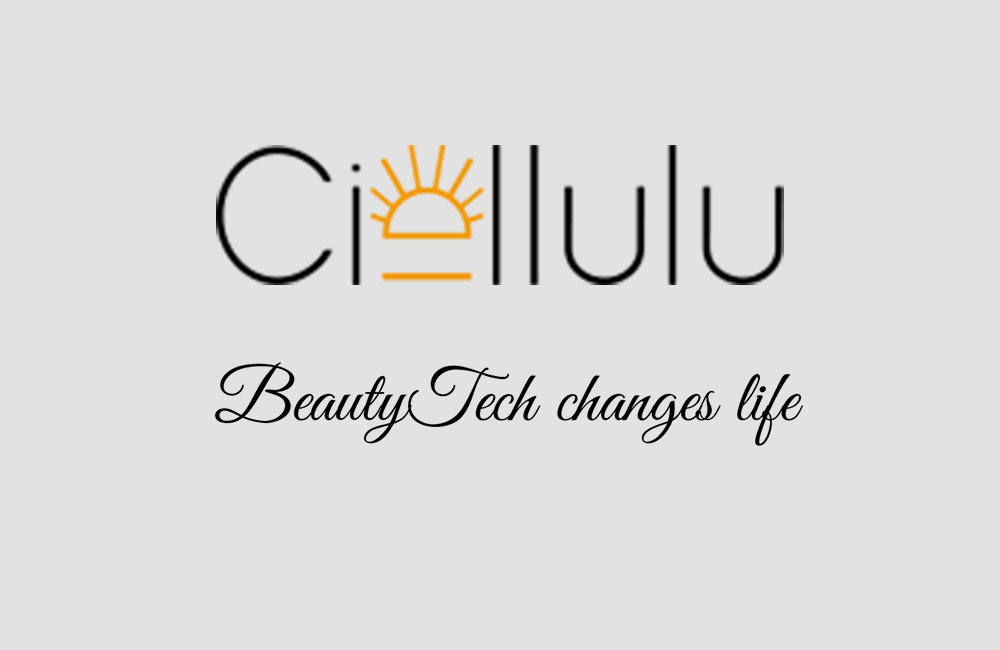
Freckles
Freckles are small brown spots primarily scattered on the face. They become more prominent in summer due to strong sunlight. The name "freckles" might come from the scattered brown spots on sparrow eggs.
1. Cause and Pathogenesis
This condition is caused by autosomal dominant inheritance. In several generations of a family, some individuals often have similar freckles in the same locations.
2. Clinical Manifestations
The rashes are light yellow or yellowish-brown spots, round, oval, or irregular in shape, ranging in size from a pinhead to a grain of rice or larger. They symmetrically occur on sun-exposed areas, especially the face, particularly the nose and cheeks, and occasionally on the neck, shoulders, and backs of the hands. They are scattered or grouped, isolated, and do not merge. Freckles usually begin to appear at the age of 6 to 7 and gradually increase in number with age. They become more prominent in summer due to strong sunlight and are often less noticeable or disappear in winter. Patients have no subjective symptoms.
3. Pathological Characteristics
There is an increased amount of melanin in the basal layer, but the number of melanocytes does not increase and may even be fewer than normal. The melanocytes are larger with more and longer dendritic processes, showing a strong positive DOPA reaction.
4. Diagnosis and Differential Diagnosis
This condition should be differentiated from lentigines and mild xeroderma pigmentosum.
(i) Lentigines
Lentigines are darker than freckles, appearing dark brown or black, unrelated to sun exposure, and do not vary with seasons. They can occur anywhere on the body. Pathologically, the number of melanocytes is increased.
(ii) Xeroderma Pigmentosum
Xeroderma pigmentosum presents with freckle-like dark brown spots, often accompanied by telangiectasia. The pigment spots vary in size and shape, with uneven depth and irregular distribution. There are also atrophic spots, and the condition is highly photosensitive.
5. Treatment
Patients should avoid sun exposure. Previously, treatments such as cryotherapy, chemical cauterization, chemical peeling, and CO2 laser therapy were used. However, due to the lack of selectivity for skin lesions, these treatments had unstable results and often led to scarring. Therefore, these traditional treatments have been eliminated by formal medical institutions. The best current treatment is laser therapy.
(i) Alexandrite Q-Switched 755nm Laser
The Q-switched Alexandrite laser, typically used clinically, operates at a wavelength of 755nm.
Laser. Wavelength 755nm, pulse width 50~100ns. Since the Q-switched pulse is output by optical fiber, it has a nanosecond pulse width and penetrates deep into the skin. The melanin or black, blue, and green foreign particles in the skin absorb it well, while hemoglobin absorbs very little, making the Q-switched alexandrite laser an ideal choice for epidermal and dermal pigmented skin lesions. However, due to the characteristics of the laser tube's own electrical excitation mode, the stability of this laser is worse than that of the Nd:YAG laser, and the requirements for the laser's working environment are also higher.
The treatment operation steps are as follows:
1. Preoperative precautions Before treatment, patients should avoid ultraviolet radiation (such as returning from the beach), skin lesions in the treatment area, female patients in their menstrual period or special female circumstances, etc. In addition, patients should be informed in advance of the pain during the treatment process and the cause of the explosion to avoid fear in patients. Sign a consent form for treatment. Take photos of the treatment area for archiving.
2. Clean the face before surgery Before treatment, the skin should be cleaned first. The treatment area is often disinfected with chlorhexidine, and the treatment should be carried out after the skin is dry. Do not use iodine to disinfect the skin, because it can cause irritation dermatitis, and it is difficult to clean after external use, which may affect the absorption of laser.
3. Surface anesthesia/general anesthesia Freckles generally do not require anesthesia. Individual patients with dense skin lesions or those who are sensitive to pain can use compound lidocaine ointment to seal the affected area for about 60 minutes before laser treatment.
4. Eye protection Before laser surgery, medical staff must wear protective glasses corresponding to the laser wavelength (patients can wear opaque plastic or metal eye masks). It is worth noting that when using a laser knife for surgery, wearing colored protective glasses will make the color and structure of the surgical field unclear and the position of the light spot difficult to determine. One of the solutions is to remove the glasses to observe the tissue and aim the laser. Wearing glasses is safe but troublesome.
5. Intraoperative treatment response - the reference energy density of treatment is 4~6J/cm?. Usually 1~2 treatments can remove freckles. The immediate reaction to treatment is that the skin immediately changes to grayish white. Patients may feel a little pain and burning sensation, and mild redness and swelling can be seen at the treated area. Blisters may appear on a small number of skin lesions (usually seen in areas with dense freckles).
6. Treatment of the surgical area after surgery: Apply ice compress for 20 minutes immediately after treatment, which can effectively relieve the symptoms of redness, swelling, heat and pain of the skin lesions, and reduce the incidence of blisters and exudation. Patients with more skin lesions and more obvious reactions after laser can be given a spray with sedative, soothing, skin lesion inflammation control and epidermal repair effects within 24 hours. Topical ointment drugs are not recommended to avoid affecting the recovery of skin lesion scabs. Skin lesions generally scab in 3~4 days and shed in 7~10 days. Inform patients not to contact water before the skin scabs, not to wear masks to avoid heat dissipation of the skin, and not to drink alcohol or avoid long-term exposure to high-moisture environments.
7. Postoperative precautions: The most important care after freckle treatment is sun protection. Generally, patients are required to take physical sun protection measures for at least 3 to 6 months after treatment, especially avoid going out during the UV peak period, such as going out from 10 am to 4 pm. Sunscreens must be used in combination, and sunscreens with high safety and good sun protection effects must be selected. UVB sun protection index (SPA>30), protective clothing, parasols or sun hats and sunglasses are required when going out, photosensitive drugs and foods (coriander, red beans, celery), sulfonamides, vitamin A acid preparations, etc. are prohibited to avoid pigmentation and affect the treatment effect.
(II) Q-switched frequency-doubled Nd:YAG (532nm) laser
The laser with a wavelength of 532nm obtained by frequency doubling the 1064nm Nd:YAG laser is the frequency-doubled Nd:YAG laser (KTP laser). The Q-switched 532nm laser can be strongly absorbed by melanin and tattoo particles, and has a good therapeutic effect on superficial melanocyte hyperplasia.
The treatment operation steps are as follows: the reference value of treatment energy density is 1.5~2.5J/cm', the spot diameter is 1~3mm, and the pulse frequency is 1~2.5Hz. The immediate reaction during treatment is that the skin changes to grayish white. The clinical endpoint of treatment is the minimum energy density (such as 0.6J/cm') at which the skin lesions show frosting-like changes, but no skin splashes or blisters should occur. Postoperative care and precautions are synchronized with 0755nm laser.
(III) Intense pulsed laser
Intense pulsed light source (IPL) is a wide-spectrum visible light emitted by an incoherent filtered light source with a wavelength of 400~1200nm. Its theoretical basis is also the principle of selective photothermal action. In pigmented lesions, melanin selectively absorbs the spectrum of IP (mainly the medium and short wave parts) to produce an "internal explosion effect" or "selective pyrolysis effect", and melanocytes can be destroyed, while melanosomes can be broken. However, the pulse width of IPL is a millisecond light source, which cannot instantly concentrate energy to blast melanosomes like Q-switched lasers, so it cannot completely destroy melanosomes in deep skin. However, due to its long pulse width and low energy, the skin will not turn white instantly after Q-switch laser treatment. The tissue damage is small, and the cooling system of IPL can reduce the temperature of surrounding tissues and thus reduce the degree of damage. Therefore, in the treatment of freckles, IPL has fewer adverse reactions after treatment, less pain, short or no downtime, and relatively low price compared with Q-switch. However, the disadvantage is that the freckle clearance rate is low after one treatment, and it can only make the freckles lighter, and multiple treatments are often required.
The treatment operation steps are as follows: Precautions before treatment are the same as laser treatment. Routinely clean the treatment area. No anesthesia is required during treatment. After the patient's head is flat, wrap the hair with a towel and let the patient wear an eye mask to protect the eyes. Apply the cold gel evenly to the treatment area, the thickness is generally 3~5mm. When treating Asian freckles, the filter wavelength is selected between 550~640mm, double pulse or triple pulse treatment mode, pulse width range is 2.5~5.0ms, pulse interval is 15~30ms, and energy density is selected from 15~35J/cm'. However, clinically, the parameters should be selected according to individual needs. Before facial treatment, 1 to 2 light spots are emitted on the cheek or in front of the ear of the patient for testing. The final parameters are adjusted based on the appearance of slight needle-like pain on the skin and slight erythema on the skin lesions. The treatment endpoint is the slight darkening of the pigmented spots on the skin. After treatment, most skin lesions darken to dark brown.
Postoperative treatment is the same as laser surgery. The lesions may form thin scabs or no scabs, and the lesions fall off after about 1 week. The treatment cycle is generally 4 weeks apart, and an average of 4 treatments are required. (IV) Pulsed dye 510nm laser, Q-switched ruby laser (694nm) These lasers can also effectively treat freckles, but pulsed dye 510nm laser is too absorbent to the epidermis, which is prone to cause pigmentation and superficial skin texture changes when treating freckles; and epidermal melanin has obvious absorption of Q-switched ruby laser (694nm), which increases the risk of hypopigmentation in dark skin. Therefore, its use in the treatment of freckles has been gradually reduced in clinical practice.
Source: Freckles

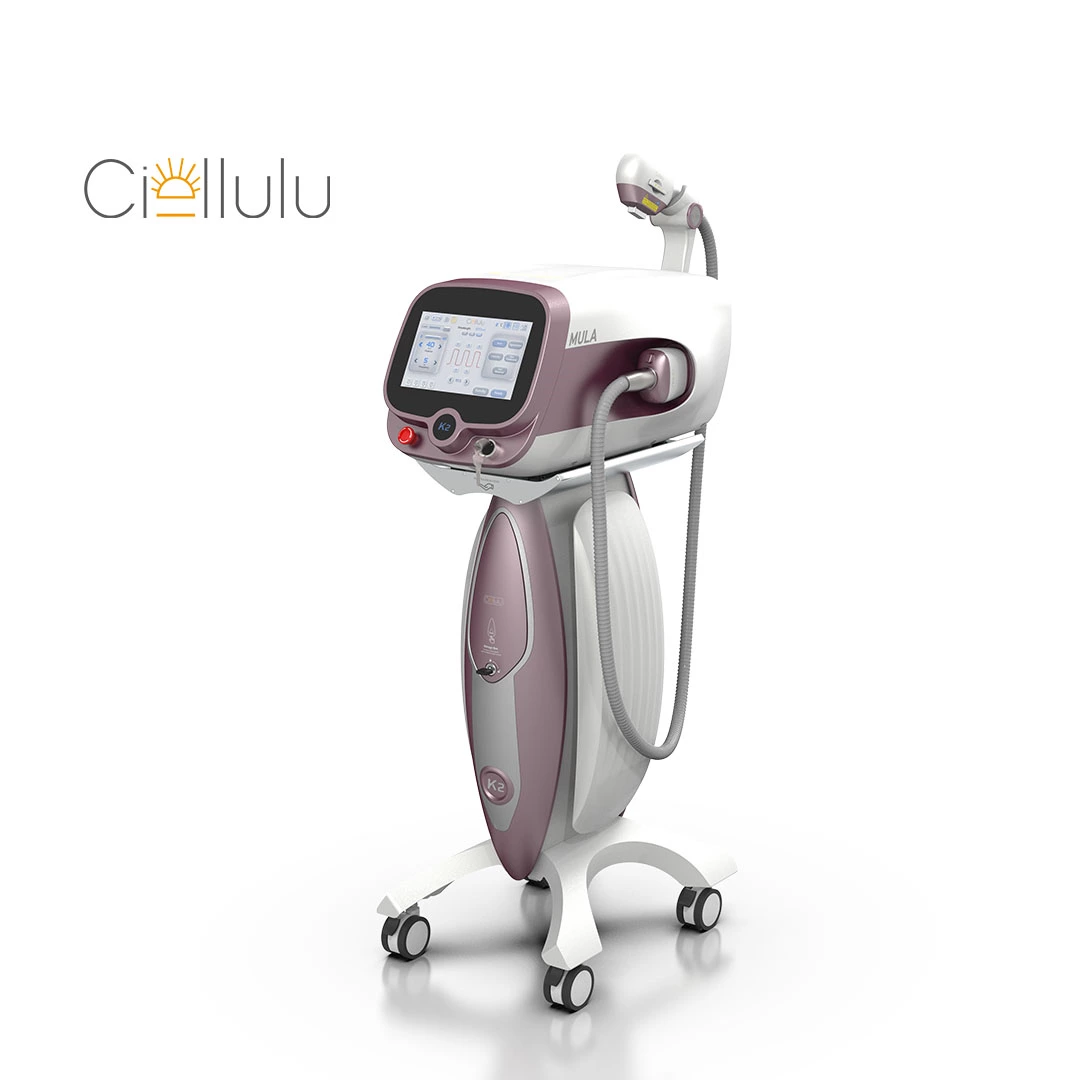
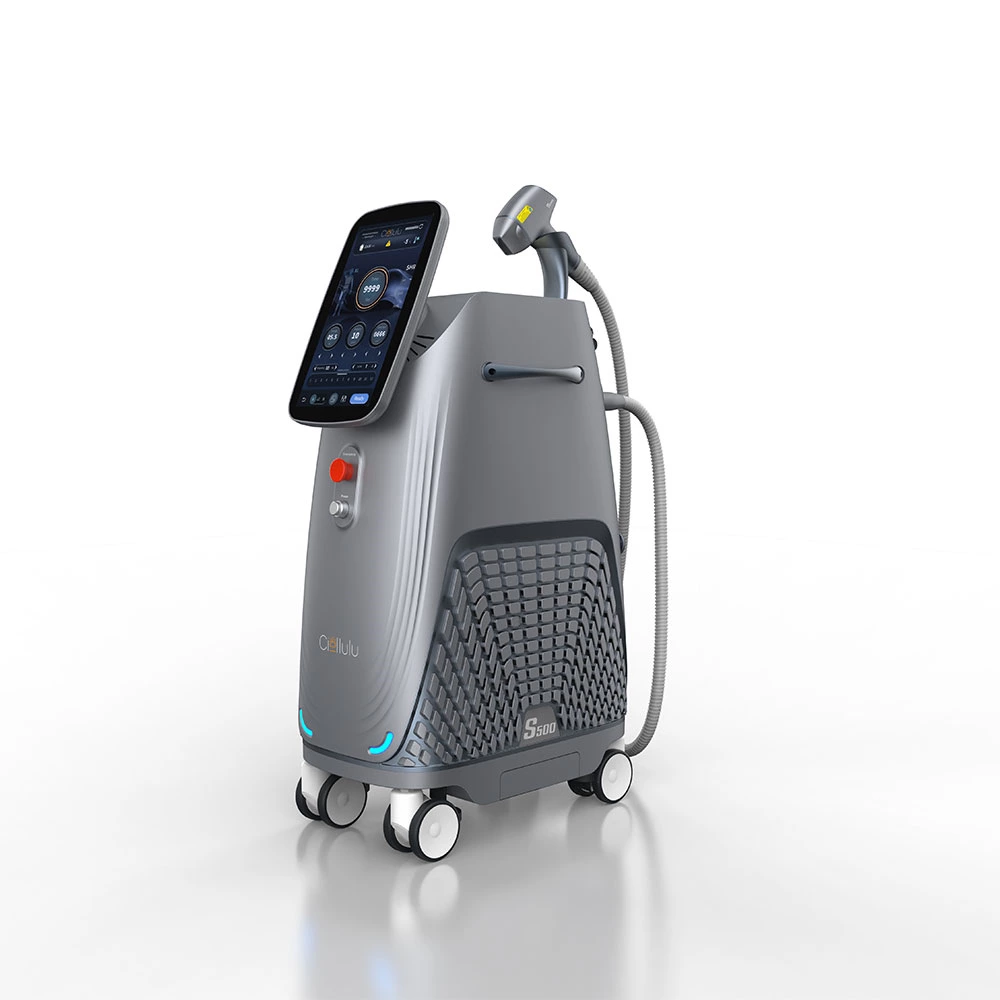
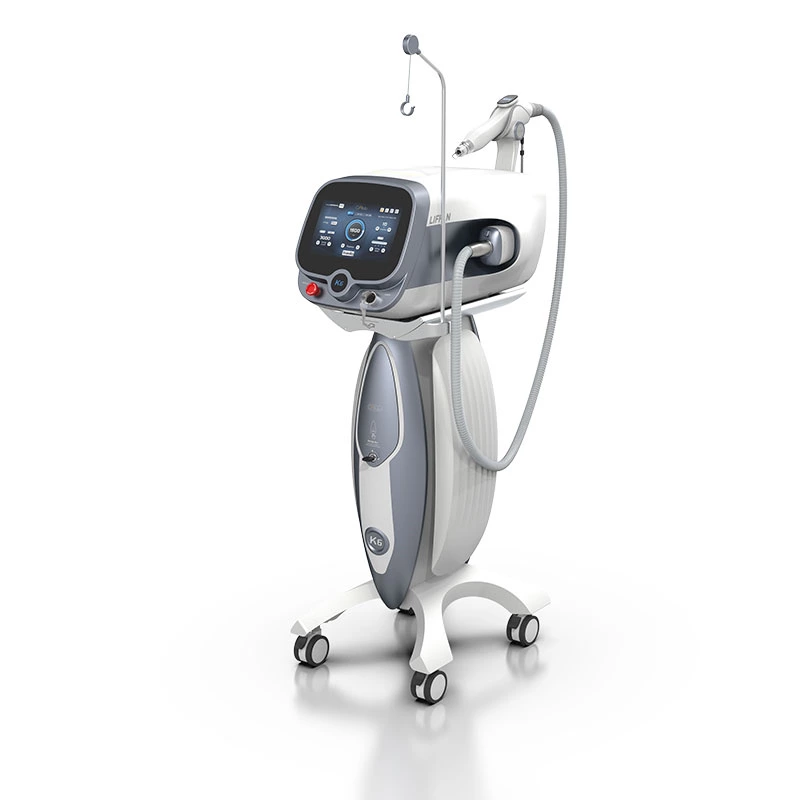
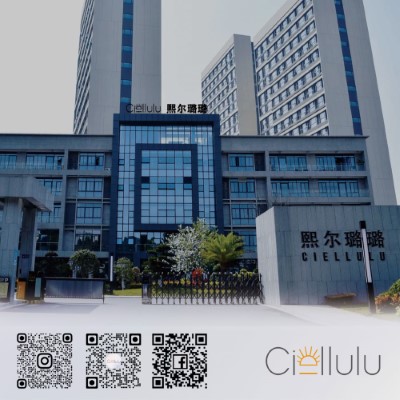 Ciellulu Laser - Facial Machine Supplier
Ciellulu Laser - Facial Machine Supplier